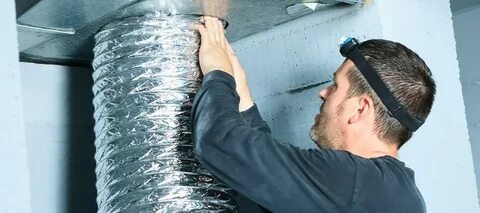Installing a kitchen sink can feel like a major task, but with the right tools and guidance, it’s a manageable DIY project. Whether you’re remodeling your kitchen or just replacing an old sink, learning how to install a kitchen sink is essential for a successful outcome. This guide covers everything from preparation to final plumbing connections.
Tools and Materials You’ll Need
Before beginning the installation, gather the following:
- New kitchen sink
- Faucet and strainer assembly
- Plumber’s putty or silicone caulk
- Adjustable wrench
- Pipe wrench
- Basin wrench
- Bucket and rags
- PVC pipes and fittings
- Teflon tape
- Screwdriver and putty knife
1. Remove the Old Sink
Start by turning off the water supply. Disconnect the faucet lines and install kitchen sink plumbing carefully using a wrench. Place a bucket underneath to catch any water. Remove the mounting clips and cut through any sealant with a utility knife. Carefully lift out the old sink.
2. Prepare the Countertop Opening
Check if your new sink fits in the existing cutout. If not, you may need to enlarge the opening. Measure twice, cut once. Once you’re sure of the fit, clean the countertop edges thoroughly.
3. Install the Faucet and Accessories
It’s easier to install the faucet, sprayer, and soap dispenser (if any) before placing the sink into the counter. Use a plumber’s putty around the base of the faucet and tighten it from below using a basin wrench.
4. Apply Sealant and Set the Sink
Apply a bead of plumber’s putty or silicone caulk around the edge of the sink cutout. Carefully lower the sink into place and press down to ensure a watertight seal. Wipe away any excess sealant.
5. Secure the Sink
Use the mounting clips that come with the sink to secure it from underneath. Tighten them evenly, working from corner to corner to avoid shifting the sink.
6. Connect the Plumbing
Once the sink is in place, it’s time to connect the kitchen sink plumbing. Begin with the drain strainer, apply plumber’s putty to the underside, press it into the drain hole, and secure it with the locknut. Next, connect the P-trap and drainpipes using PVC fittings.
Make sure the drain lines align properly. For double-basin sinks, a T-fitting is used to join the two drains. Tighten all connections and use Teflon tape on threaded joints to prevent leaks.
7. Connect the Water Supply Lines
Reconnect the hot and cold water lines to the faucet using flexible supply lines. Tighten with a wrench, but avoid over-tightening to prevent damage.
Once connected, turn the water supply back on and check for leaks.
8. Test and Final Adjustments
Run water through the sink and check all connections. Look under the sink for any signs of dripping. If any leaks are found, turn off the water and tighten the affected joints.
Understanding Sink Types and Configurations
Before starting the installation, it’s important to choose the right type of sink for your kitchen. Drop-in sinks are easier to install and rest on the countertop, while undermount sinks offer a sleeker look but require more precise fitting. Additionally, consider how many basins you need single, double, or even triple bowl options are available based on your kitchen use. Choosing the right configuration will affect not only the countertop cut but also the kitchen sink plumbing layout underneath.
Check for Plumbing Compatibility
One common challenge during kitchen sink installation is mismatched plumbing. Older homes may have drain placements that don’t align with modern sink designs. In such cases, adjustments to the P-trap, tailpiece, or waste arm might be needed. Always measure the height and alignment of your existing plumbing before purchasing a new sink. This can save time and prevent unexpected issues. If your plumbing setup looks outdated or corroded, consulting a Plumber Eagle Rock before starting the installation can help you avoid future repairs.
Conclusion
Learning how to install a kitchen sink gives homeowners the ability to handle small renovations and repairs on their own. From preparing the countertop to completing the kitchen sink plumbing, this task requires basic tools, careful measurements, and attention to detail. While it’s possible to complete the project as a DIY job, some situations may require professional assistance especially if you’re dealing with outdated pipes, leaks, or difficult configurations.
If you’re located in or around Eagle Rock and need immediate help, you might consider contacting a trusted Eagle Rock Plumber. Whether it’s a scheduled replacement or a sudden issue, reliable Plumbers in Eagle Rock CA are available to assist. For unexpected issues that need urgent attention, reaching out to an Emergency Plumber Eagle Rock can save time and prevent further damage. If you’re simply looking for an experienced Plumber Eagle Rock to take care of installation or repairs, local professionals are just a call away.
No matter your level of experience, knowing the steps involved in installing a kitchen sink helps you make informed decisions and better maintain your kitchen’s plumbing system.
For more information, read this: kitchen sink installation
